The A5-class switchers consisted of 47 locomotives built in three groups in 1916, 1917, and 1924, according to the book Keystone Steam and Electric. The locomotive bearing the model’s number – 913 – was built in January 1917 and retired in September 1952.
The locomotives all had Belpaire fireboxes, piston valve cylinders, Walschaert valve gears, and super heaters. Pennsy model 60-S-66-class tenders were assigned to the fleet. The little engines performed their duties in the Philadelphia area. The last of the A5s was retired in 1956 and one of the switchers today is at the Pennsylvania State Railroad Museum in Strasburg.
The model
The A5 is offered as a premium for joining the K-Line Collectors Club. A year’s club membership and the smoke/whistle version of the engine cost $139, while a year’s club membership and the version with coil couplers, Lionel’s TrainMaster Command Control (TMCC), and RailSounds costs $269.
The differences in the two versions are a bit more than internal electronics. K-Line altered the tooling for the boiler after customers complained about the appearance of the switcher in K-Line catalogs and advertisements. K-Line altered the lower front of the boiler to remove its squared-off appearance.
K-Line gets high marks for listening to its customers. However, according to a K-Line staffer, the tooling was changed after the less expensive whistle-only version was made. So those club members who buy the more expensive TMCC and RailSounds-equipped model will get a slightly better appearing locomotive.
We reviewed the TMCC version, which is shown in the photographs. This is a terrific-looking model. The design is well balanced, the engine itself looks business-like and industrial, and the diminutive nature of the locomotive suggests it would be at home in a big freight yard or working a short-line, pulling a few boxcars and a bobber caboose. Got a Christmas layout rattling around the back of your mind? This locomotive would look great pulling a train-load of Christmas trees or holiday ornaments!
This engine has some of the best cast-in detailing I’ve seen. The rivets are crisp and in a few spots I needed to take a closer look at the cast-in piping to note whether or not it was separately applied.
The nose is basic and workman-like with a number plate, cast-in grab iron, and simulated bolts. There are steps for brakemen and a simulated uncoupler bar. The front of the pilot deck has cast-in wood grain.
The boiler features on old-style oil headlight (versus the more modern electric) as well as a gold-tone whistle, bell, and pop off valves.
The cab is roomy and has a detailed backhead, two O scale crewman figures, and a roof hatch that slides open. It’s a nice touch. There also is “glass” in the cab window openings.
The slope-back tender has separately applied handrails and a back-up light. Grab irons surround three of the four sides of the coal load. The black diamonds are cast-in but have the appearance of a separate piece. The volume and RailSounds/Signal Sounds switches are on the belly of the tender.
Paint and decoration are excellent. The engine and tender are Brunswick green, the smokebox is dark gray, and the rooftop is Tuscan. The locomotive has builder’s plates on both sides of the smokebox. The road name and number are in gold on the cab and tender and white on the headlight and backup light.
On the test track
The locomotive ran well. It has a pair of interconnected pickup rollers beneath the engine and a pair beneath the tender. On our sample locomotive one of the pickup rollers on the tender was pinched so tightly in its bracket that it wouldn’t roll at all and was beginning to show a groove from the track once we wrapped up our testing sessions.
A tether joins the tender electrically to the locomotive. There are two holes on the tender’s drawbar. Using the inner hole, which draws the locomotive and tender closer, gives a more realistic appearance but bunches up the tether so tightly that the tender is pulled off the track on some curves. Using the outer notch gives the tether plenty of breathing room.
The model’s performance is spirited. Trains Magazine, in an article by Bert Pennypacker, noted in 1975 that “If the A5s had had a speedometer, its dial would have needed to cover a range of only 0 to 20 mph.”
In conventional mode, we got the K-Line switcher down to an average of 9 scale mph. But on the high end, we would have easily pegged that 0 to 20 mph speedometer and then some with a test average of 100.1 scale mph. Unprototypical? Sure, but definitely fun, although lower-speed gearing would be helpful in a switcher.
With the A5 on the point of our 25-car mixed make and vintage test freight, the switcher was timed at 74.3 scale mph.
Performance was equally smooth in forward and reverse. Both remote-activated couplers worked flawlessly in command mode.
Drawbar pull for the traction-tired locomotive was a stout 1 pound, 7 ounces, which equals roughly 69 free-rolling pieces of rolling stock.
The locomotive’s RailSounds produces a rich, pleasing chuff and a much deeper than expected whistle for a diminutive 0-4-0.
Whether you choose the base model or the loaded version, the K-Line A5 switcher may be the value of the year. For more information about the K-Line Collectors Club go to k-linetrains.com.





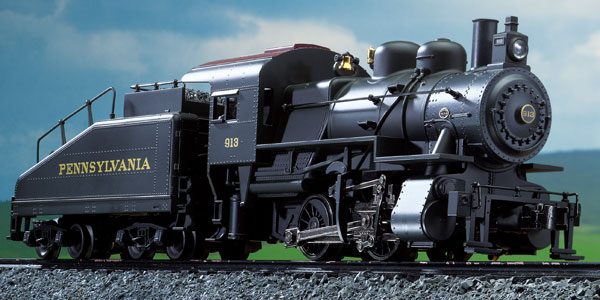

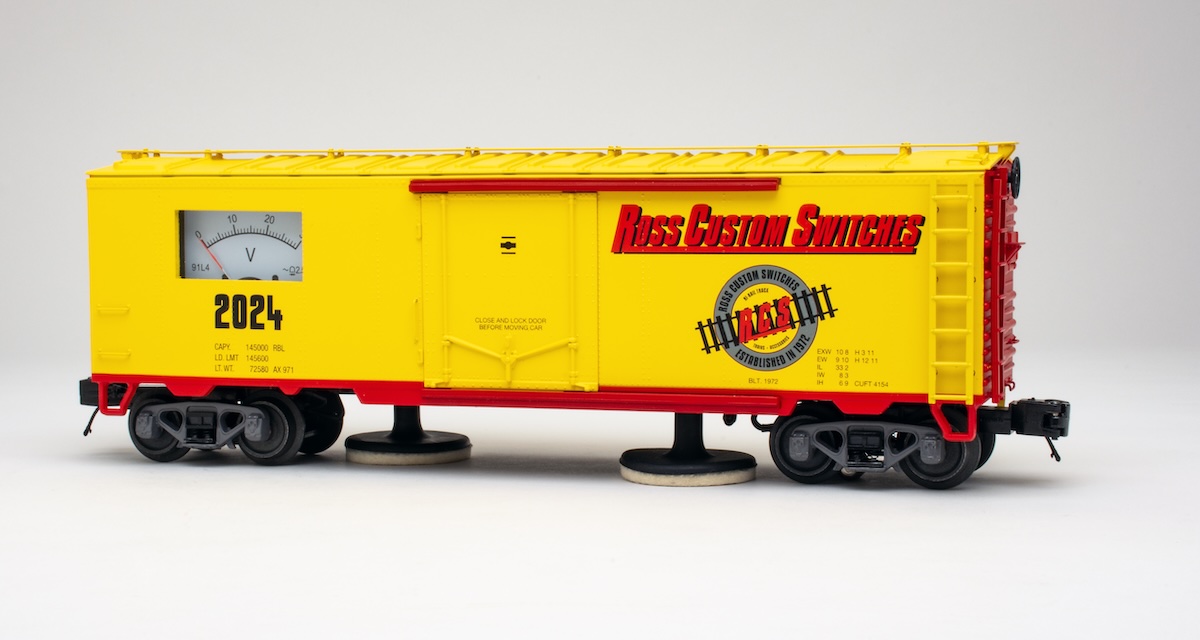
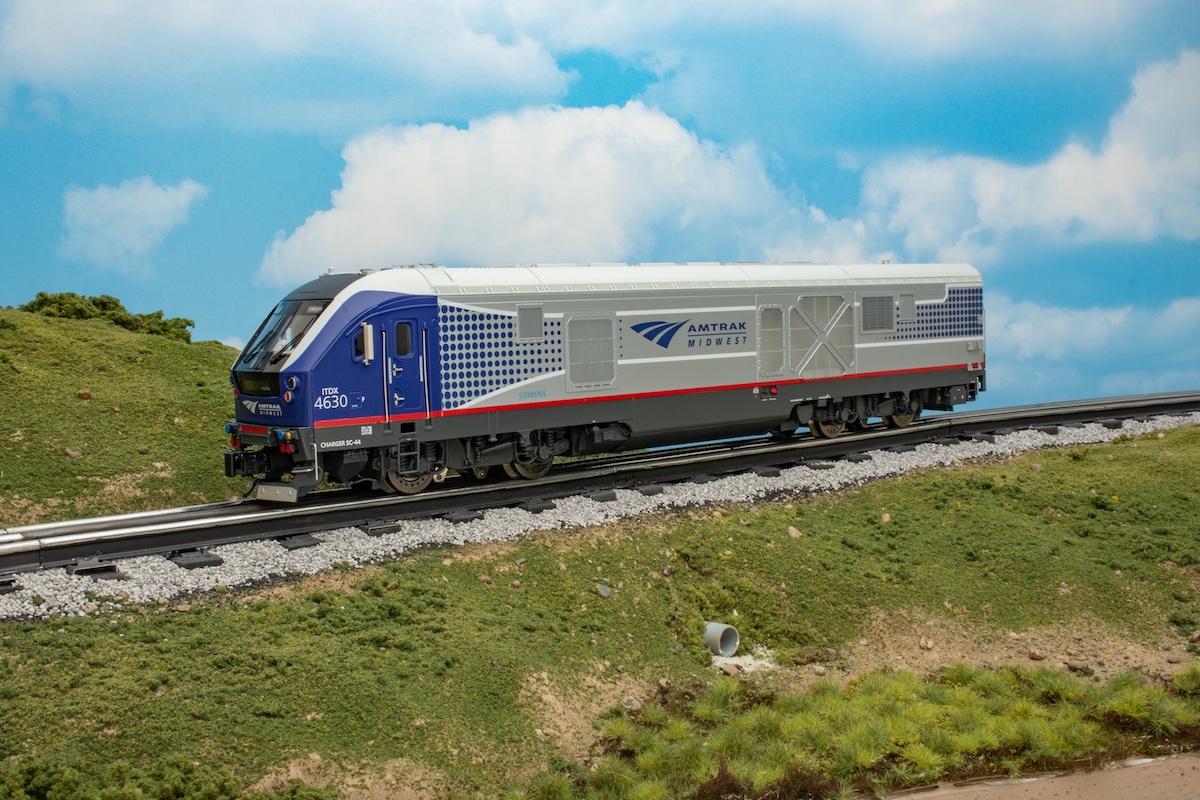
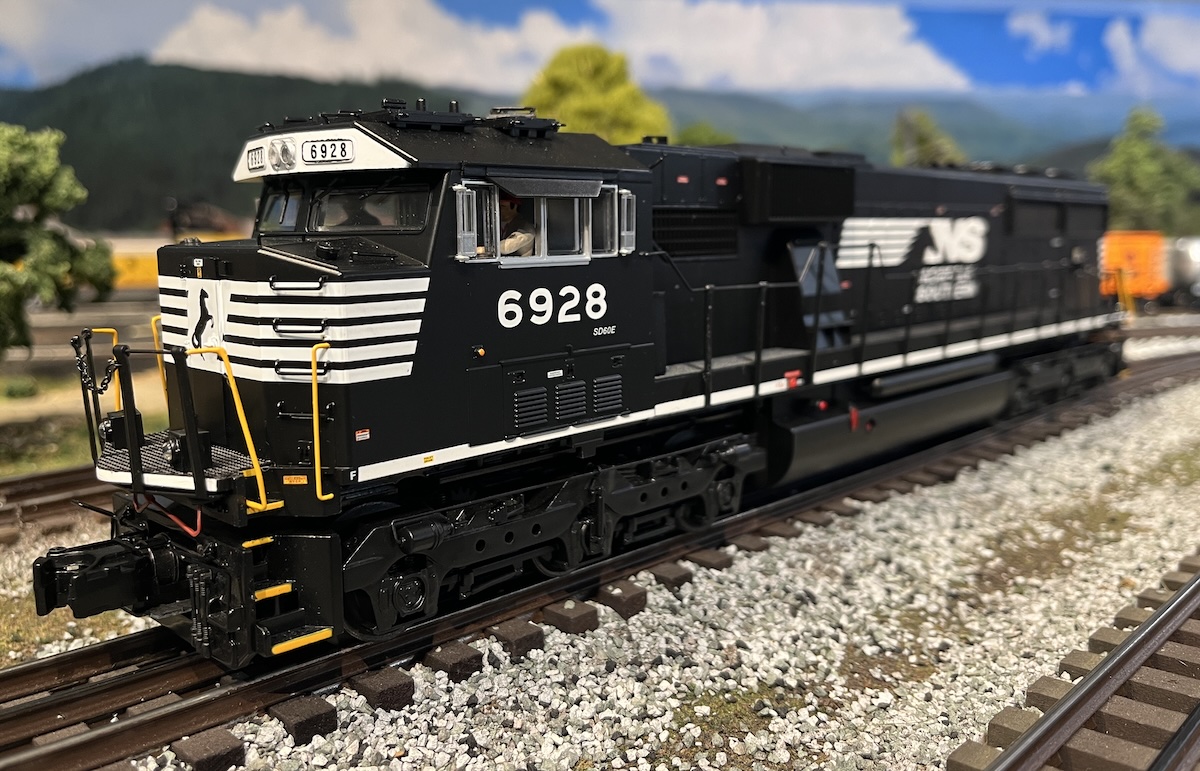
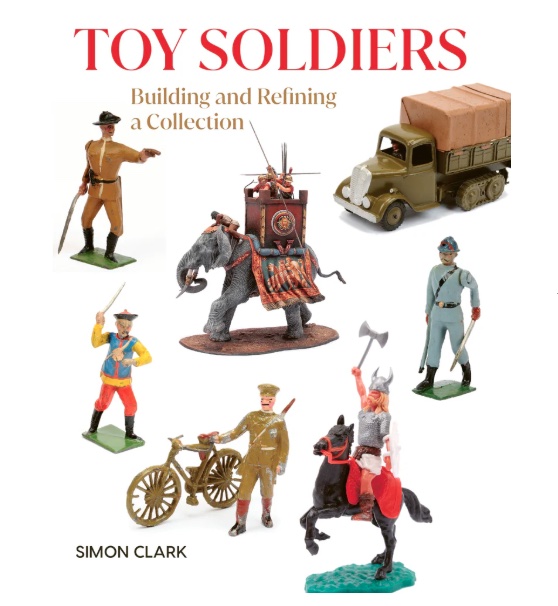




Great running and smooth operation at low speeds (in TMMC mode). I am installing EOB which should make it even better. This unit is truly a functioning switcher on my RR. Glad to see that is being re-marketed as a K-Line by Lionel model . . . if you're looking for a little steam workhorse this is it!
I purchased the original K-line TMCC version off of Ebay, new in the box and had no disappointments. One thing that I did notice about the k-line by lionel remake. It has an electric headlight, the original K-Line had a rectangle shape on top of the boiler with a kerosene light!
A great looking loco.